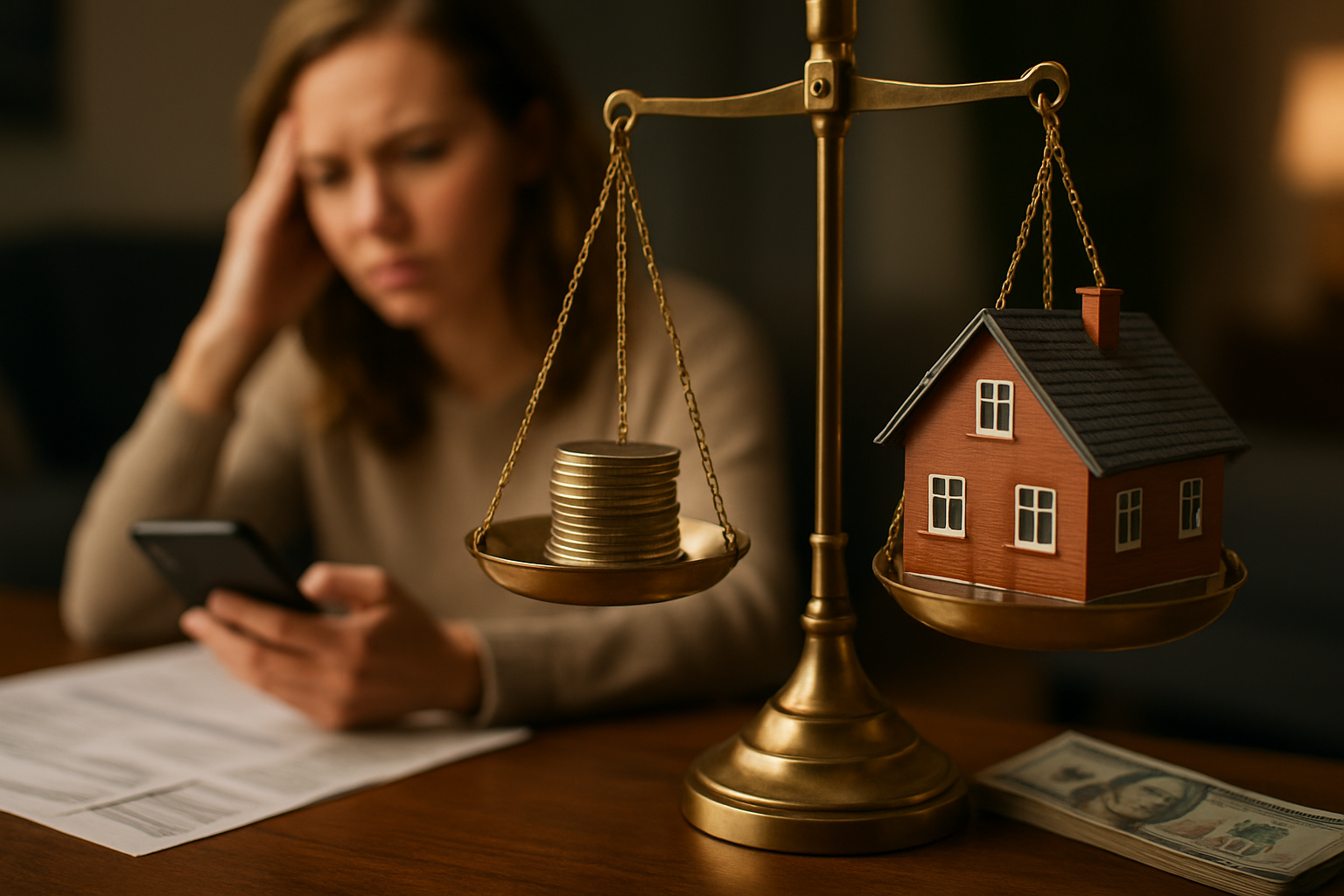Understanding The Thriving Market of Fine Art Investment
The world of finance is vast and multi-faceted, with numerous investment avenues to explore. One such intriguing domain that has gained considerable traction in recent years is the sphere of fine art investment. This article uncovers the intricacies of this unique investment landscape, diving deep into its historical context, current market trends, and practical implications for potential investors.

Art as an Investment: A Historical Overview
Traditionally, art was primarily collected for its aesthetic appeal or for its cultural and historical significance. However, over the years, fine art has steadily emerged as a popular form of alternative investment. With its roots traced back to the 1960s, the concept of art as an investment option began to gain ground when investors started noticing the substantial returns that some art pieces were fetching at auctions.
The Current State of the Art Market
Fast forward to today, the global art market has evolved into a multi-billion dollar industry. A major factor driving this growth is the increased accessibility to art, thanks to online platforms and digital auction houses. Additionally, the rise of art funds and art-secured lending has further democratized art investment, making it a feasible option for a broader range of investors.
The Allure and Advantage of Art Investment
Investing in art offers several unique benefits. Firstly, it provides portfolio diversification as its returns are often uncorrelated with traditional asset classes like stocks and bonds. Secondly, fine art has proven to be a good store of value, often appreciating over time and providing a hedge against inflation. Lastly, the emotional value and aesthetic pleasure derived from owning a piece of art is an added bonus that other investments simply can’t offer.
However, this investment approach is not without its risks. The art market is famously opaque, with prices often driven by subjective factors such as aesthetic appeal, artistic reputation, and market trends. As such, potential investors must conduct thorough due diligence and possibly seek professional advice before venturing into this realm.
Practical Implementation
For those interested in investing in art, there are several routes to explore. These include buying individual art pieces, investing in art funds, or even lending against art. Each approach has its own set of advantages and challenges, and the choice largely depends on an individual’s financial goals, risk tolerance, and personal interest in art.
Smart Strategies for Art Investment:
-
Diversify your art portfolio: Just like any other investment, diversification is key. Consider investing in different artists, styles, and periods to spread the risk.
-
Acquire knowledge: Understand the market dynamics, historical price trends, and the reputation of artists before making an investment.
-
Seek professional advice: Art advisors can provide valuable insights and guidance, helping you navigate the complex art market.
-
Be patient: Art investments usually require a long-term horizon. It’s important to remember that the value of art may not appreciate overnight.
In conclusion, fine art investment presents an intriguing alternative for individuals seeking to diversify their investment portfolios. While it comes with its own set of challenges and risks, with the right approach and adequate knowledge, art can potentially offer substantial returns. Not to mention, the joy of owning a beautiful piece of art is a rewarding experience in itself. The world of art investment is vast and vibrant, and for those willing to explore, it can open up a whole new world of financial possibilities.




